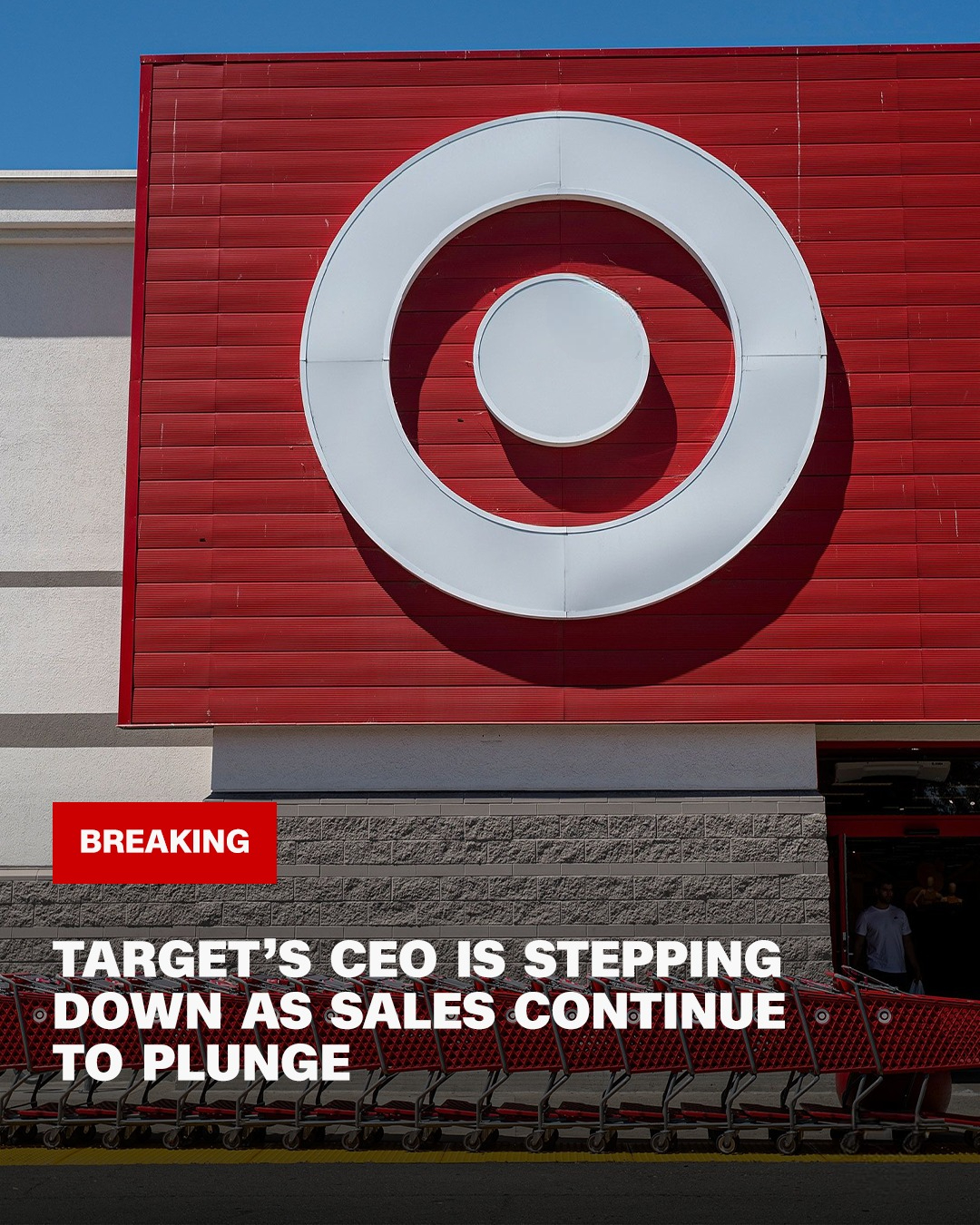Target CEO Brian Cornell is officially stepping down after more than a decade at the helm, closing out an 11-year tenure marked by both remarkable growth and more recent struggles that have left the retail giant facing declining sales and heavy scrutiny. His departure, announced as the company continues to face slumping performance and backlash over its decision to pull back on diversity, equity, and inclusion initiatives, was widely anticipated by industry watchers.

While some analysts had hoped for a fresh, outside perspective to guide the company forward, Target’s board instead turned inward, naming current chief operating officer Michael Fiddelke as Cornell’s successor effective February 1, 2026. Fiddelke, who began his career with the retailer as an intern two decades ago, has been a key architect of Target’s current strategies and was chosen from what Cornell described as a “strong list of external and internal candidates.” Cornell praised Fiddelke as the “right candidate to lead our business back to growth” during a call with analysts, while confirming that he himself will remain with the company as executive chairman. When Cornell took over in 2014, Target was struggling, but his leadership revitalized the brand.
He spearheaded a strategy focused on remodeling stores and strengthening Target’s digital and online shopping capabilities, allowing it to compete more aggressively with Amazon and other major rivals. By 2018, Target had reported its strongest results in a decade, and in 2019 Cornell was named CNN Business CEO of the Year. The company continued to thrive during the pandemic years of 2020 and 2021, benefiting from consumers stocking up on essentials, home goods, and electronics during lockdowns. But recent years have brought a sharp reversal. Starting in 2022, Target faced a surplus of unsold inventory after miscalculating demand, just as decades-high inflation pinched consumer budgets. Shoppers began prioritizing groceries and household essentials, areas where Walmart dominates, over discretionary items such as clothing and home décor, which make up more than half of Target’s merchandise.
This shift left Target particularly vulnerable, as its business model relies heavily on trendier, nonessential goods. The retailer also faced unique pressures from tariffs, importing about half of its merchandise compared to Walmart’s one-third, which forced Target to raise prices at a faster rate to offset the impact. Beyond consumer shifts and tariffs, Target’s public image has taken significant hits. Earlier in 2025, the company scaled back several of its DEI initiatives, a move that shocked supporters and long-time advocates of its diversity programs.
The decision drew swift backlash online, with some customers choosing to shop elsewhere, and even Anne and Lucy Dayton, daughters of one of Target’s co-founders, publicly calling the retreat a “betrayal.” Reverend Jamal Bryant, who led a boycott against the company, said the decision left many feeling abandoned, and Target itself acknowledged that the move negatively impacted sales. On the other end of the spectrum, Target also faced fierce criticism from conservative groups a year earlier over its LGBTQ Pride Month merchandise, particularly swimsuits designed for transgender customers.
Employees were threatened, misinformation spread on social media, and the company eventually removed some items from stores. The controversy led to lawsuits from Republican-aligned groups and further weighed on sales. Now, as sales continue to decline for the third consecutive quarter, Target finds itself in one of its most difficult positions in recent memory. Shares dropped 10% in premarket trading following the latest report, leaving Target’s stock as one of the poorest performers in the S&P 500 this year. Analysts argue that investors had been hoping for a bold, external hire to break the cycle of what some describe as entrenched “groupthink.”
Neil Saunders, an analyst at GlobalData Retail, wrote that the internal appointment “does not necessarily remedy the problems of entrenched groupthink and the inward-looking mindset that have plagued Target for years,” criticizing the company for losing its once-strong connection with consumer demand. Still, Fiddelke insists that Target can turn things around. On his first call with analysts as CEO-elect, he admitted that the company is “not realizing our full potential right now” and declared that “we must improve.” He outlined a plan that includes reintroducing more trend-driven products, making Target stores more appealing destinations, and investing further in technology.
Among the initiatives he highlighted was a program dubbed “Fun 101,” aimed at capturing the latest consumer trends in electronics and home goods to reestablish Target’s reputation as a retailer that blends style with value. Fiddelke also noted that while tariffs remain a challenge, Target has been able to navigate them without passing the full burden onto customers, and price increases would only be used as a last resort. The question now is whether his strategies will be enough to reignite Target’s momentum and reassure investors who are skeptical about the company’s long-term prospects.
Analysts remain divided, with some believing that the problems are fixable, while others warn that deeper, structural changes may be necessary to restore growth and close the widening gap with competitors like Walmart, Amazon, and Costco. For Cornell, his legacy remains a mix of early triumphs and recent turbulence. For Fiddelke, the challenge is clear: rebuild Target’s reputation, reestablish its bond with American shoppers, and prove that the company still has a place among retail’s top performers.





